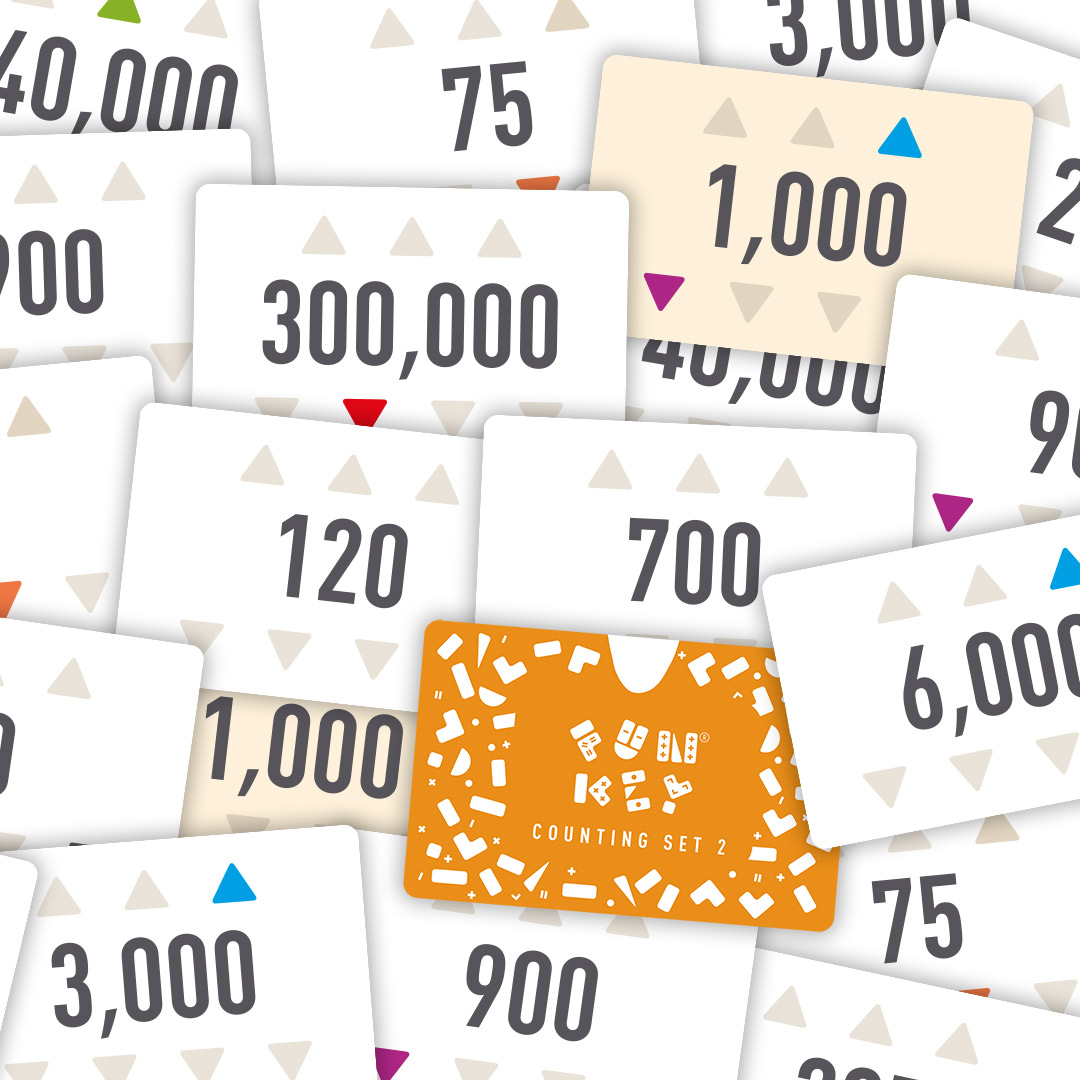Counting Cards 1
These printable counting cards are fabulous for kids of all stages of development. They can help children who are just learning numbers or those that are practicing counting and the sequence. Even if your children have numbers 1-10 down, it’s excellent to reiterate the sequence and counting practice. The black sheep theme makes them a fun. Counting to 120 Task Cards 1.NBT.A.1- This is a set of 40 task cards for students to further develop their understanding of reading and writing numerals, and representing a number of objects with a written numeral, to 100. This set of task cards is divided into two parts. Counting cards is simple, but can take time to master. We’ve won millions from casinos through the craft of card counting. In this video, Colin walks you thr. Counting Cards Can Be Broken Into 4 Steps: Step 1. Assign a value to every card Step 2.

This page describes the math involved in card counting.
In both movies, card counting is the most prominent way that mathematics is used by the main characters. Card counting is most commonly used in the game Blackjack, which is also known as 21 in some places. Blackjack is a game played against the dealer. To begin, the dealer deals two cards (face up) to each player and two cards to himself (one face up and one face down). Each card has a number value attached to it, so 2 is worth 2, 3 is worth 3, 4 is worth 4, etc. Face cards are worth 10, and Aces are worth either 1 or 11. At the beginning of the game, the dealer will announce whether Aces are high (11) or low (1), but they are usually high. The objective of Blackjack is for the sum of your cards to be as close to 21 as possible without going over 21. You lose your money if your cards add up to more than 21, or if the sum of the dealer’s cards is closer to 21 than yours. After the first two cards, each player has the option of asking to be dealt another card (to “hit”) or not. They will decide this based on how likely they think it is that another card would bring them closer to 21 without going over 21.
This is where card counting comes in. Card counting is a strategy using addition and subtraction to determine what kind of card (high or low) is likely to be dealt next. Card counters assign point values to each card that are different from the values I just explained. For card counters, there are point values beyond the obvious ones on the cards themselves. In card counting, cards 2-6 are worth +1, cards 7-9 are worth 0, and 10s, face cards, and Aces are worth -1. Card counters add up all of the cards that have been dealt using this point system, so, for example, if a 4, 8, 10, and queen have been dealt, the point value (or “the count”) would be (+1)+(0)+(-1)+(-1) = -1. Based on the sum of the cards on the table, the card counter will be able to better predict what kinds of cards are left in the deck that have not been dealt yet. If the sum of the cards on the table is very low, then the player knows that there are more low cards left in the deck, so the dealer is more likely to deal a low card. If the sum of cards on the table is very high, then the player knows that the dealer is likely to deal a high card (10, face card, ace) next. With this information, the player will make a more informed and statistically favorable decision about whether or not to ask the dealer for another card. Moreover, the player will bet more money if the count is higher because that means that more high numbered cards are left in the deck. These higher numbered cards are more likely to add up to 21 in the least number of cards. Card counting allows the player to gain an advantage over the dealer/casino over time.
Counting Cards 1-100
Interestingly, card counting does not require complex math. It involves simple addition and subtraction. However, it does take someone who has a good memory, the ability to maintain concentration, and who is extremely fast at performing addition and subtraction under pressure. Once I learned how card counting worked, I rewatched a scene from “21” and tried to count the cards along with Ben. It was then that I realized just how quickly you must add, subtract, process the result, and make a decision about whether to ask the dealer for another card and how much to bet. Thus, it is not surprising that there are not many successful card counters. However, it is still neat that the math is easily understandable to people who are not mathematicians, and that it does not necessarily take a mathematician to excel in card counting. It involves a lot of practice!

For more information on card counting:
Counting Cards 1 20

Here is an example of card counting in action in “Rain Man” (start at 1:15):

Here is an example of the math/thought process in card counting in “21”: http://www.imdb.com/video/screenplay/vi3753050393/